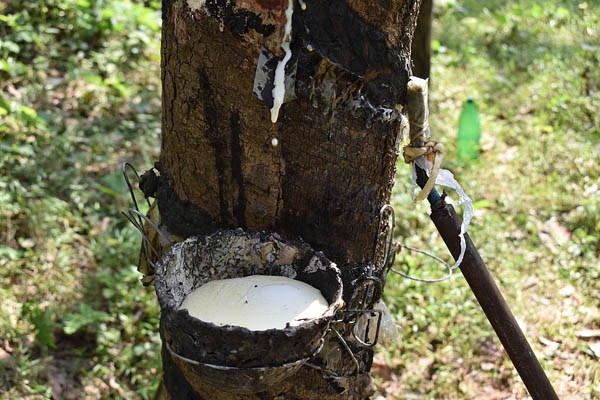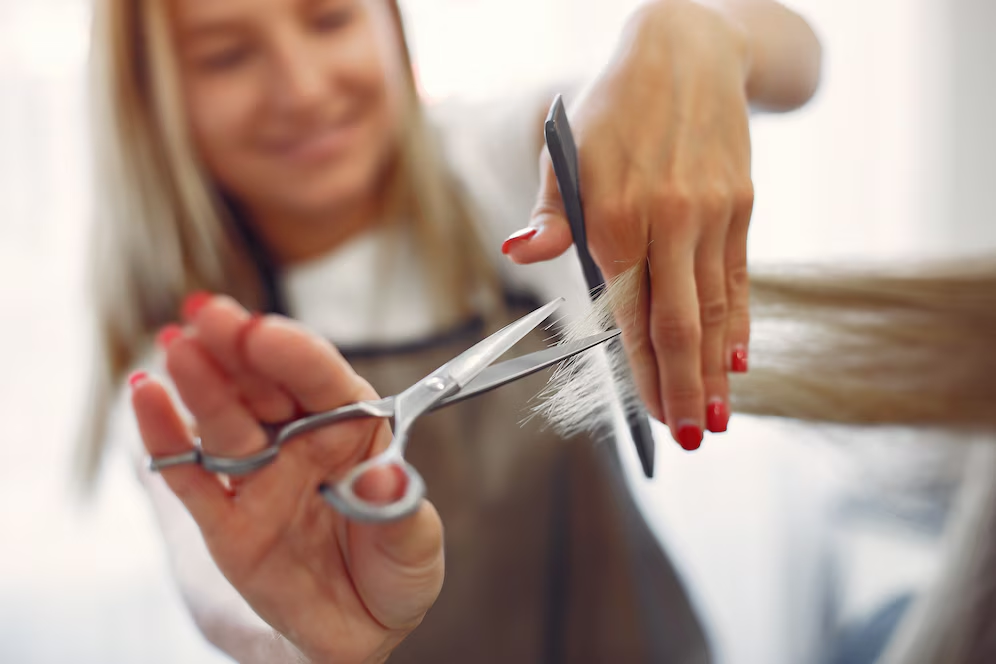
How are latex balloons made? Read it here.
by Rotterdam Balloon Company, 2023-05-30
Table of Contents
Disclaimer: We receive a small commission from some of the links on this page.
Introduction
Colourful, cheerful and full of joy, latex balloons are an essential part of parties, events and celebrations around the world. But have you ever wondered what these fluffy balls are actually made of? In this article we will explore the fascinating world of latex balloons and discover what they are made of. From their origins to the production process, let's reveal these mysterious balloons!
The Origin of Latex
To understand what latex balloons are made of, we must first look at the source of their main ingredient: latex. Latex is a natural material that comes from the rubber tree, also known as Hevea brasiliensis. This tree is mainly found in tropical areas such as Southeast Asia, South America and Africa. When the bark of the rubber tree is nicked, a whitish sap known as latex flows out. Harvesting latex is a sustainable process that does not harm the tree.
The Production Process
Now that we know where latex comes from, it's time to discover how it's turned into the festive balloons we know and love. The production process of latex balloons is careful and meticulous to ensure that they are of high quality and safe for use.
- Step 1: Harvesting latex: The first step in the process is harvesting latex from the rubber tree. By making a small incision in the bark, the latex can be collected in a special container.
- Step 2: Purifying the latex: The collected latex contains impurities that must be removed before it is suitable for use in balloons. The juice is strained to remove particles and excess water content.
- Step 3: Adding chemicals: To make the latex elastic and durable, various chemicals are added, such as ammonia and vulcanizing agents. These chemicals allow the latex to harden and retain its shape.
- Step 4: Shaping and Drying: After the chemicals are added, the latex is pressed under pressure through a mold that has the desired balloon shape. The balloons are then placed in an oven to dry and harden.
- Step 5: Coloring and Packaging: Once the balloons have dried, they can be colored using safe dyes. They are then checked for quality and packaged for shipment to stores and party supplies suppliers.
Safety and Environmental Issues
While latex balloons bring much joy, it is important to also pay attention to the safety and environmental issues surrounding latex balloons.
Safety: Latex balloons are generally safe to use, but there are some precautions that should be taken. It is important not to inflate balloons with your mouth, as this can pose a choking hazard if a balloon bursts. It is recommended to use a pump to inflate balloons. In addition, it is important not to hold balloons too close to the face, especially for children, to avoid accidentally putting them in the mouth and causing a choking hazard.
Environmental issues: Although latex is a natural material, we must also consider the environmental impacts of latex balloons. The problem mainly arises when releasing inflated balloons into the air, known as "balloon release". This practice can cause significant damage to the environment. Balloons can end up in waterways, oceans and nature reserves, where they pose a threat to wildlife. Animals can swallow balloon debris and become entangled in the ribbons. That is why it is very important to handle balloons responsibly and dispose of them correctly.
Alternatives and sustainability: As an alternative to latex balloons, more sustainable options can be considered. One option is to opt for reusable balloons that can be inflated and deflated for reuse on different occasions.
Conclusion
Latex balloons are made from the natural material latex, which comes from the rubber tree. The production process includes latex harvesting, purification, adding chemicals, shaping and drying, coloring and packaging. Although latex balloons are generally safe, it is important to take the necessary precautions when using them. In addition, we must be aware of the environmental impacts of balloons and handle their disposal responsibly. If possible, consider more sustainable alternatives such as reusable balloons. Let's continue to enjoy the joy that balloons bring, but with respect for safety and the environment.
Tags
Click on a tag for an overview of articles with the same topic.
latex
Comments 0
 Rotterdam Balloon Company
Rotterdam Balloon Company










